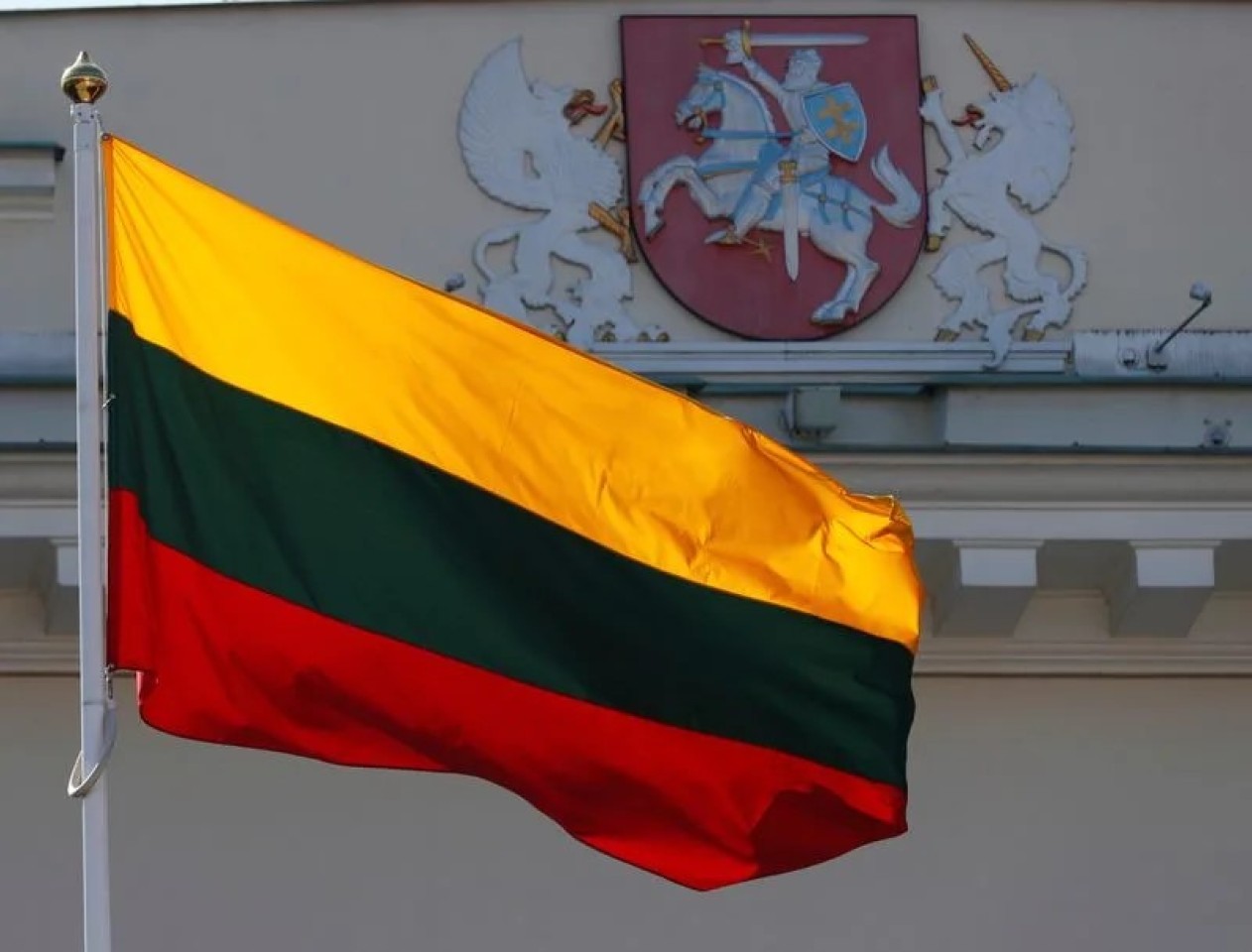
Muzaffarnagar: Transportation Services and Future Prospects
Muzaffarnagar, a bustling city in Uttar Pradesh, is known for its rich cultural heritage and strategic economic importance. As a key hub in northern India, efficient transportation services are essential for the city’s development. Let’s explore the various modes of transportation available in Muzaffarnagar, their significance, challenges, and future potential.
Road transport is the backbone of Muzaffarnagar’s transportation network. The city is well-connected through an extensive road system comprising national highways, state highways, and local roads. National Highway 58 (NH-58) is a major route that connects Delhi with Dehradun, facilitating the movement of both goods and passengers. This highway is especially vital for the trade of agricultural products like sugarcane and jaggery, for which Muzaffarnagar is renowned.
Within the city, public and private buses, auto-rickshaws, and cycle-rickshaws serve as the primary modes of road transportation. The Uttar Pradesh State Road Transport Corporation (UPSRTC) operates numerous buses, offering connectivity to nearby towns and cities. However, issues such as traffic congestion and pollution remain challenges that require immediate attention to ensure smooth and eco-friendly travel.
Muzaffarnagar Railway Station is a significant junction under the Northern Railway zone. It connects the city to major destinations across India, including Delhi, Mumbai, and Kolkata. The rail network supports both passenger and freight services, making it indispensable for long-distance travel and cargo transportation.
Passenger trains are a lifeline for daily commuters, especially those traveling to metropolitan areas for work or education. Freight trains play a crucial role in transporting industrial and agricultural goods. Despite its importance, the station faces challenges like overcrowding and the need for modernization to handle the growing number of passengers efficiently.
Although Muzaffarnagar does not have its own airport, the nearest airports are Indira Gandhi International Airport in Delhi and Jolly Grant Airport in Dehradun, located about 150–200 kilometers away. These airports connect Muzaffarnagar to national and international destinations. However, the absence of a local airport means residents and businesses must rely on road or rail travel to access air services, which can be time-consuming.
In recent years, there have been efforts to improve transportation infrastructure in Muzaffarnagar. Projects such as road widening, flyover construction, and upgrades to the railway station have been initiated to meet the demands of a growing population and industrial expansion.
There is also a rising interest in sustainable transport solutions. Electric vehicles (EVs) and e-rickshaws are gradually being introduced in the city, offering environmentally friendly alternatives to traditional fossil fuel-powered vehicles. The adoption of EVs could significantly reduce pollution levels and contribute to a cleaner urban environment.
Another potential development is the establishment of a regional airport. If realized, this could greatly enhance connectivity and boost economic growth by attracting businesses and tourists.
Transportation services in Muzaffarnagar are vital for the city’s functionality and growth. While road and rail networks currently serve as the main modes of transport, there is vast potential for development in sustainable and air transport sectors. Addressing existing challenges and embracing new technologies and infrastructure projects can pave the way for a more efficient and environmentally friendly transportation system. As the city continues to grow, its transportation needs will also increase, demanding innovative solutions and visionary policies to ensure seamless mobility for all.